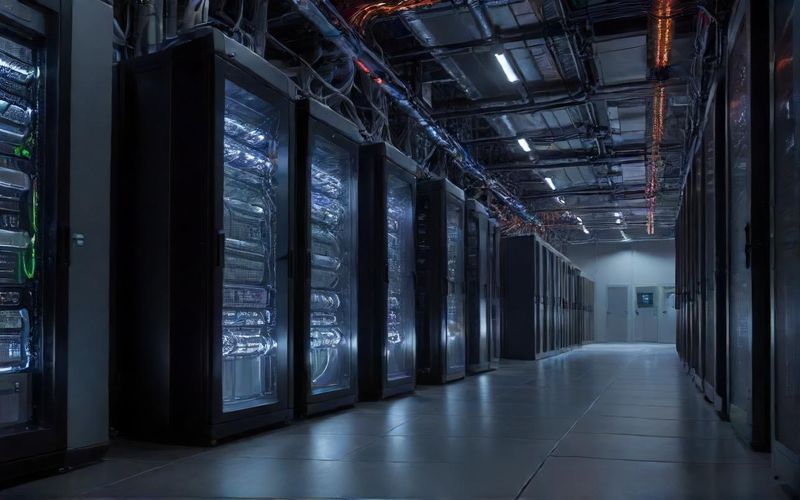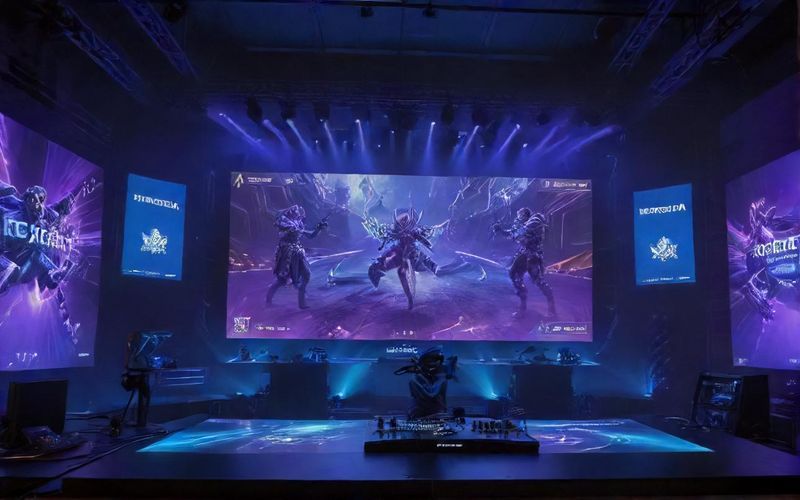Google's $15B AI Hub Fuels Navitas Stock Surge

What’s truly at the heart of this transformation, as detailed in discussions about next-generation AI factories, is the immense and often volatile power demands of modern AI. Traditional data center designs, where power was a secondary concern, are simply no longer sufficient. Now, power infrastructure dictates everything – the scale, the location, and even the feasibility of these new AI powerhouses. This is where innovations like the 800 Volts direct current (VDC) power distribution system and integrated energy storage come into play. It’s a move away from incremental improvements to a complete architectural overhaul, designed to handle the intense and rapid load swings that AI workloads create. We're seeing how a single system can demand power that swings from 30% to 100% utilization in mere milliseconds, a phenomenon that could destabilize traditional power grids.
This entire push for more efficient and powerful infrastructure is also having a ripple effect on companies supplying the crucial components. Take Navitas Semiconductor, for example. You might have noticed nvts stock has been on a remarkable upward trajectory, especially after news surfaced about their partnership with Nvidia. Navitas, a specialist in gallium nitride (GaN) and silicon carbide (SiC) power semiconductors, is reportedly a key supplier for Nvidia’s next-generation high-voltage AI architecture. This collaboration validates the performance and scalability of Navitas’ chips in supporting multi-megawatt AI workloads. It’s a testament to how crucial these smaller, specialized players are in enabling the larger AI ambitions. As demand for energy-efficient power solutions surges, companies like Navitas are positioning themselves as essential enablers of this AI boom. It makes you wonder, as we continue to chase ever-higher levels of AI performance, how many other critical, yet perhaps less visible, companies will become central to this technological evolution?








